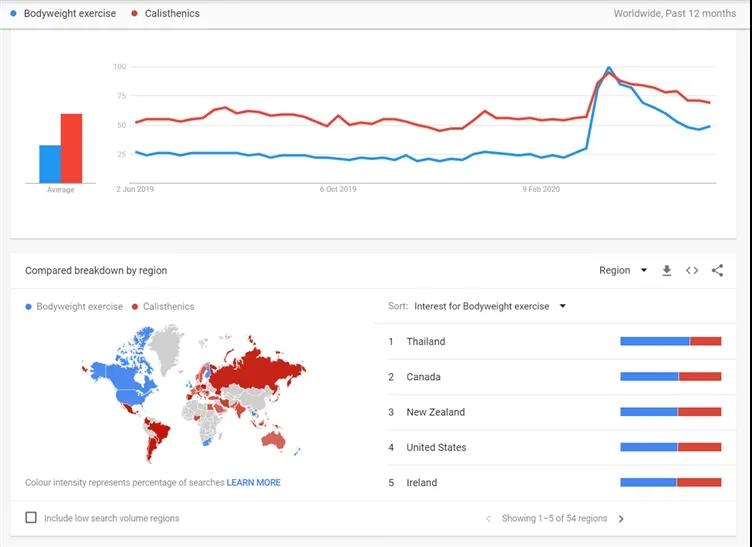How to find products to sell on Shopify or Amazon?
Keywords research tools help you know what is customers like. Below 9 free tools that can bring value to sellers, and explains how to make the most of these tools.
1.AnswerThePublic
Google search has an auto-completion function. When the user types in the search box, Google will automatically prompt to search for related keywords:
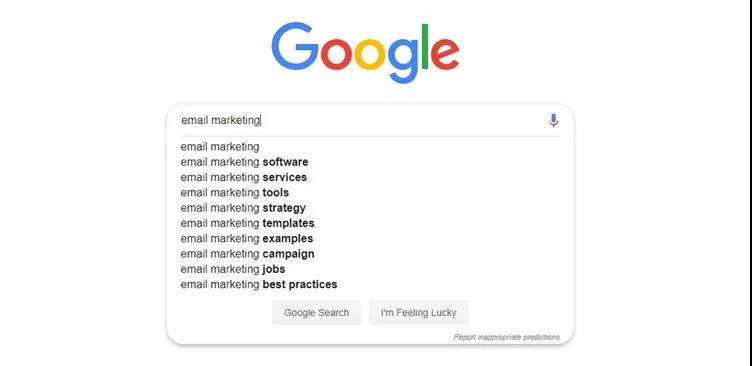
This is a valuable source of long-tail keywords. Sellers can discover more new keywords from what is the customer actually search for.

But the endless loop search process is time-consuming and laborious, and the data cannot be exported. AnswerThePublic can help sellers solve this problem.
Using AnswerThePublic, you only need to enter keywords and click search, you can see hundreds of auto-completed keyword suggestions based on:
Question (how, where, will, what, …)
Prepositions (with, near, for, to,…)
Compare (vs, like, and, or,…)
Letter (keyword+a, keyword+b,…)
Each category (except the letter category) will present a beautiful circular view:
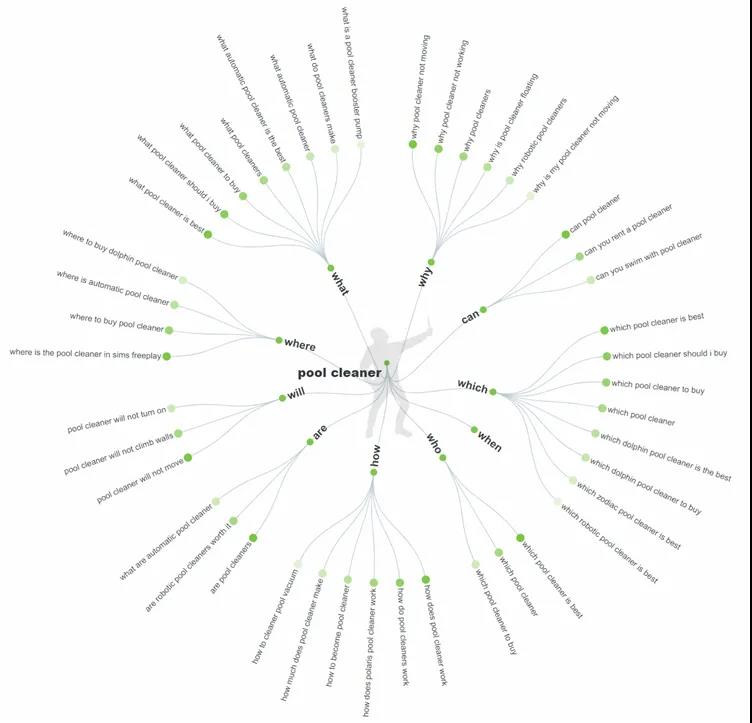
If you don’t like the circular view, you can also switch to a simple data table:
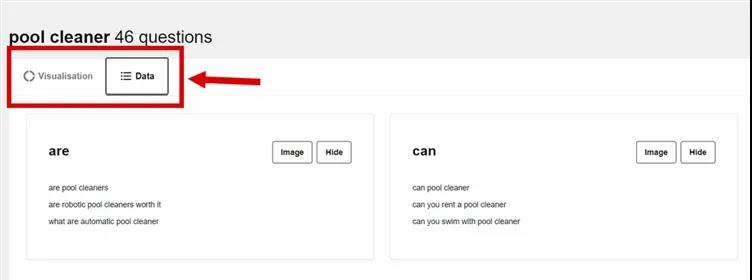
All data can be exported to CSV. file:
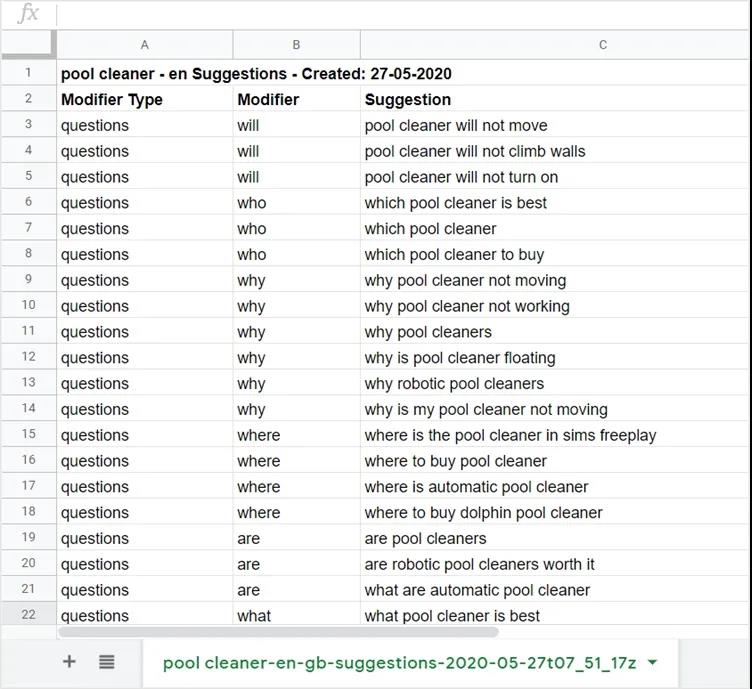
The free version can be searched 3 times a day, you can choose different locations and 12 languages.
2. Also Asked
“People also ask” in Google search results is also a new source of topics based on what people actually search for.
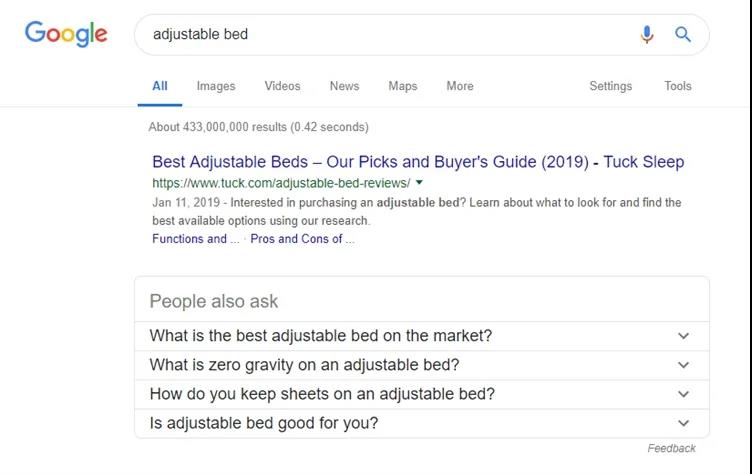
Also Asked can grab relevant searches from Google SERPs and display the subject relationships of these issues in the form of a tree diagram, helping sellers save time.
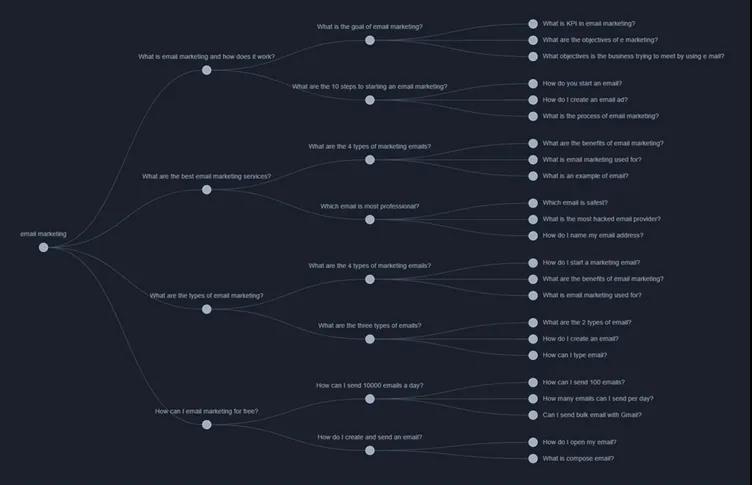
Click on one of the questions to get more related searches based on that question:
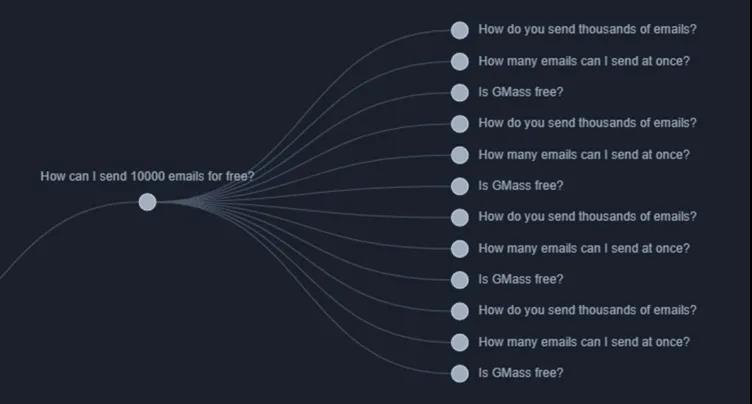
When exporting data, you can choose to save the result as an image:
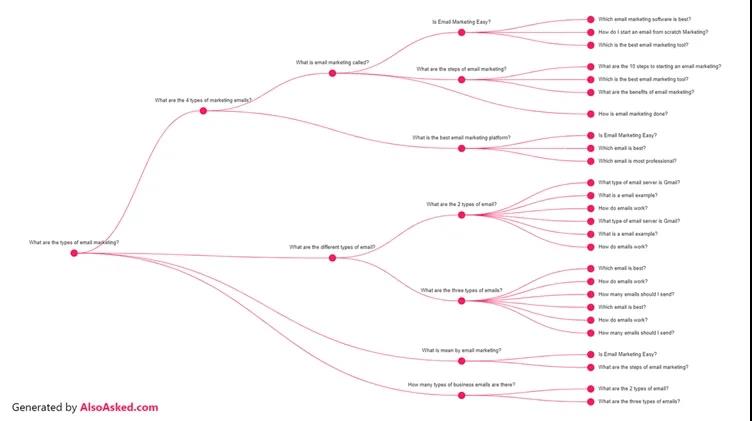
Or save it in CSV. format, and the hierarchical order of the questions will be retained.
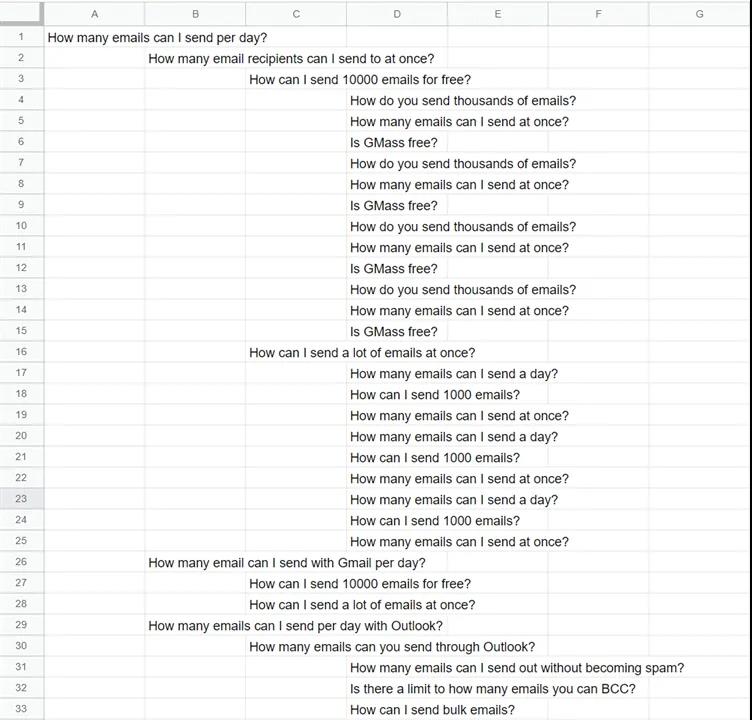
Also Asked offers a variety of languages and location options, but it is still in the Alpha version stage, the function is not yet complete, but it can meet general needs.
3. Google Search Console
Google Search Console tracks the seller’s performance in Google search results and displays keyword rankings.
You can query the report under “Performance on Search results”:
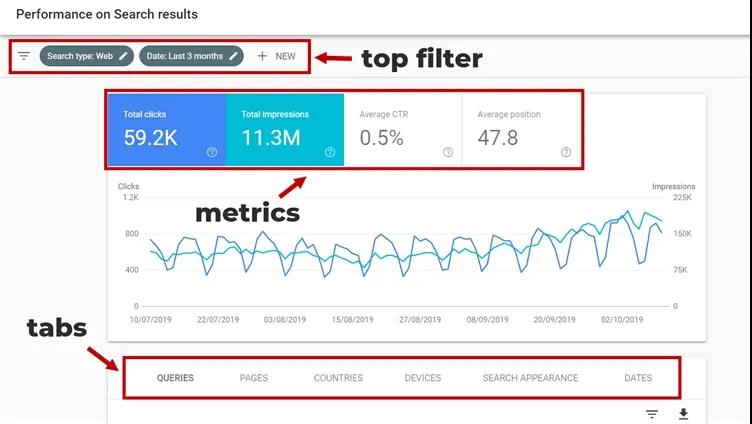
Sellers can look for keyword inspiration from the reported 4 indicators (click volume, impression volume, average click-through rate and average position).
Or try the following two methods:
1) Arrange the data according to the impression volume, you can find some keywords with low click volume or click-through rate but high impression volume. You may wish to create new content around these keywords.
2) Sort the data by position, use filters to filter out keywords with positions greater than or equal to 10 (or greater than or equal to 15), and find the keywords that are ranked on the second page of the SERP.
The operation is as follows:

For most keywords found in Google Search Console, sellers have two options:
Update existing content and use one or two paragraphs to focus on new keywords;
If the range of new keywords is broad enough, you can try to create a new content.
Google Search Console may require sellers to carefully dig some data, but it is indeed a ready-made keyword gold mine.
4. Amazon Sonar
Sonar is also a free Amazon keyword research tool.
Enter the seed keyword, you can find the Amazon high-frequency search keywords related to it.
Such as searching for “hiking”:
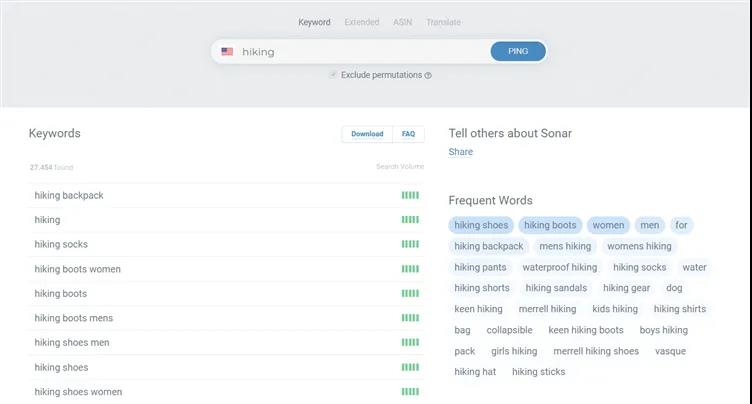
However, the number of high-frequency keywords provided on the page is limited, and sellers need to register or download the complete list to obtain more keywords.

It is recommended to download the CSV. format file and import it into the spreadsheet, and set the separator to “;”:
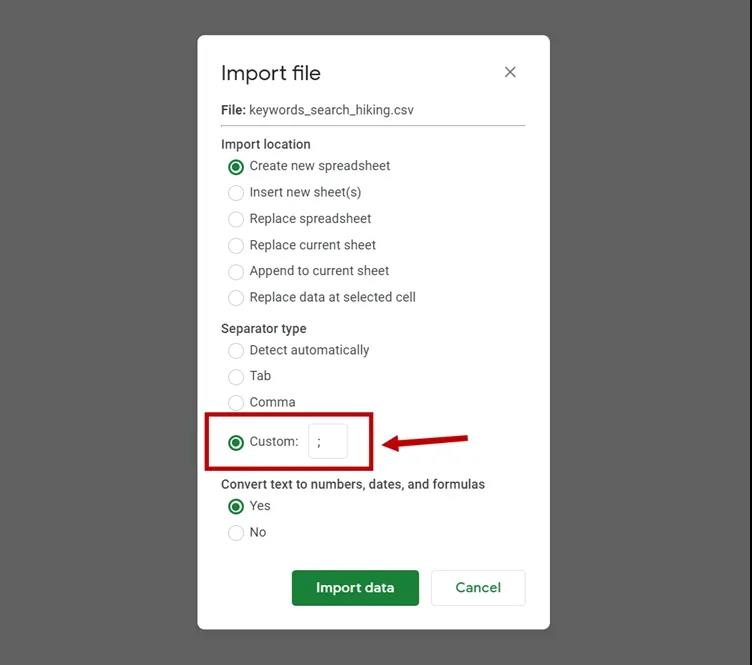
This tool can provide hundreds of keyword suggestions, and there are as many as 4082 keywords about “hiking”:
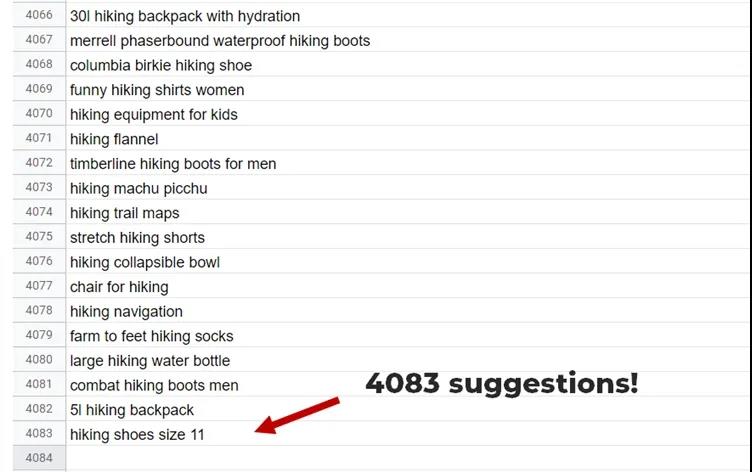
5. Wordstream Keyword Tool
In addition to the “auto-completion” keywords provided by Wordstream, it also displays keywords related to the topic.
For example, if you search for “outdoor products”, in addition to keywords such as “outdoor products brand”, “outdoor products store” and “dog outdoor products”, you can also see keywords related to the niche market, such as:
Tent sales
Hiking equipment
Camping essentials
The search results are as follows:
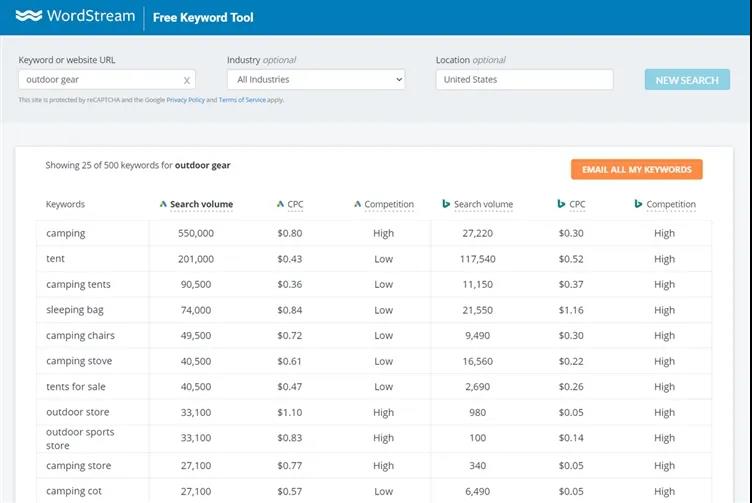
The tool only displays 25 keywords. Sellers need to register by email to get a complete list of keywords, as well as Google and Bing’s search volume data, click cost (CPC), and advertising competition. This is not common in free tools. .
6. Keyworddit
Reddit is also a good place to find new keywords and theme ideas.
Use the Keyworddit tool, enter a broad Reddit section name (this tool is not applicable to small sections), you can get some keywords that users often use.
Such as searching for a home gym:
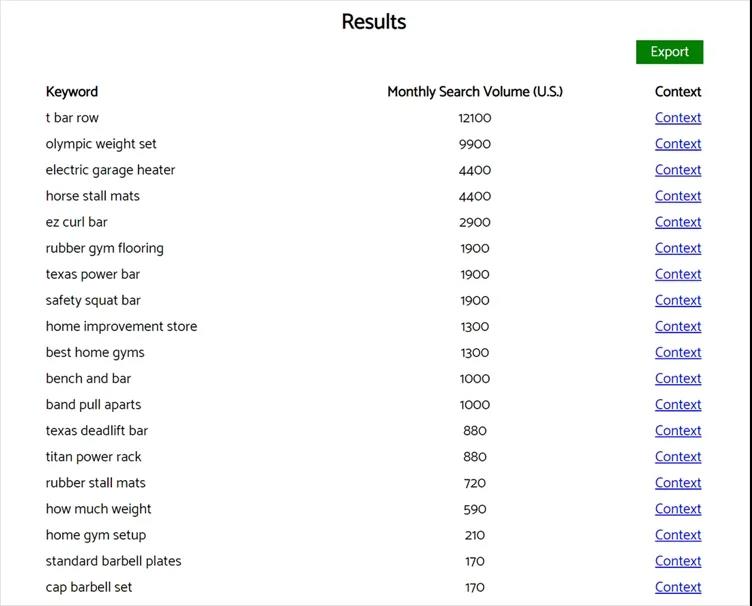
Keyworddit also shows search volume data from the “GrepWords” source.
However, after comparing with KWFinder’s search volume data, it was found that the results were not very accurate, and only a rough indication of the frequency of keyword usage.
7. Keyword Surfer
Keyword Surfer is a free plug-in for the Chrome browser that can add keyword suggestions directly to the Google search results page. As shown below:
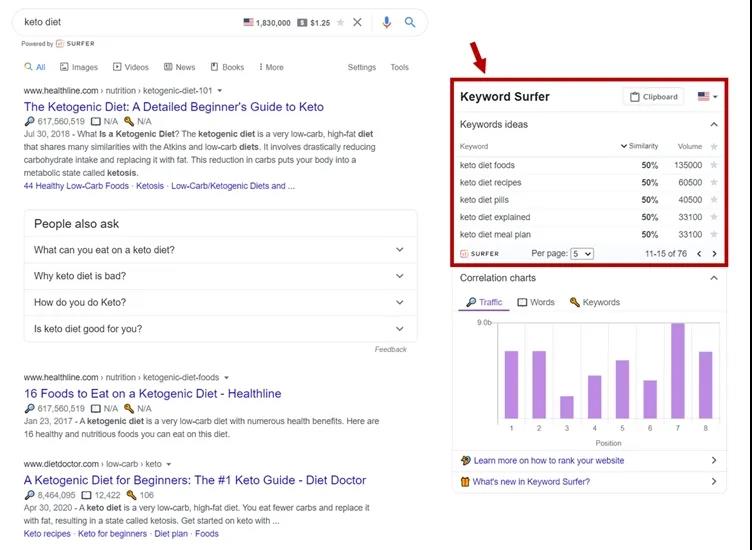
In addition to keyword suggestions similar to seed keywords, it also includes:
Search volume estimation
Results by location
Traffic estimation, word count, and number of exact matching keywords for each SERP result
You can select the keywords you are interested in, save them to the “Clipboard” and export the CSV. file.
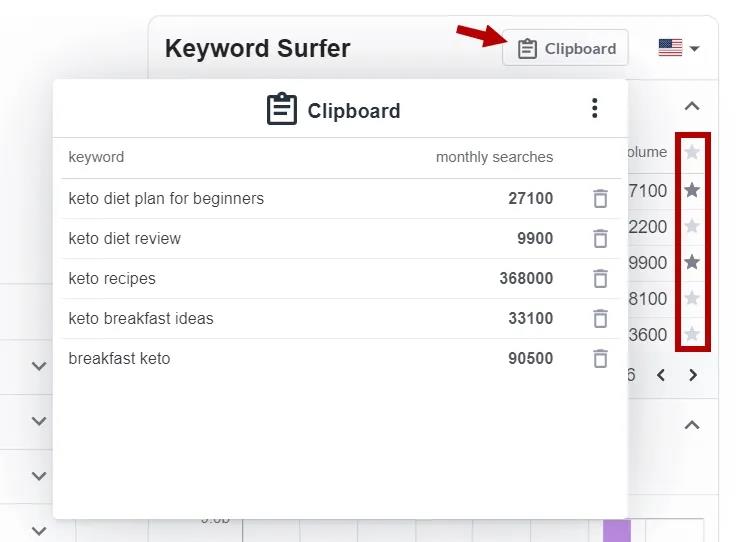
8. Youtube Keyword Tool
The use of the Youtube keyword tool Dominator is very simple. As long as you enter the seed keywords, relevant keywords that users often search on Youtube will be generated.
Such as searching for “aquascaping”, a total of 407 results are generated. Sellers can filter by “contains words” or “word count”:
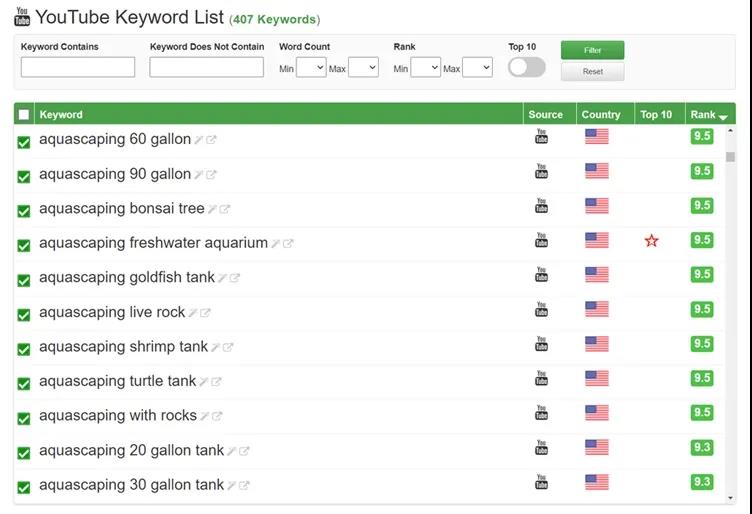
Keyword suggestions are sorted from 1 to 10 according to their search frequency:
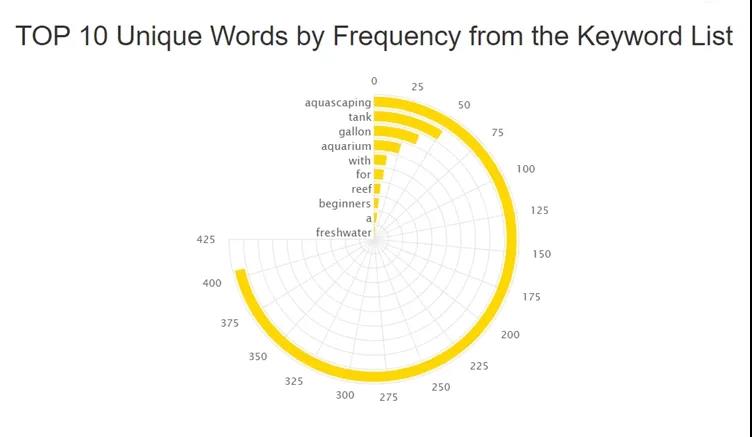
Finally, export the keyword list as a CSV. file.
Non-users can perform free searches twice a day, and the number of searches can be increased after creating an account.
9. Google Trends
Google Trends is not a typical keyword research tool, but its advantage is that it can discover trending topics and keywords in a niche market.
It is recommended to enter a broad keyword related to the niche and select “Topic” to search.

The default search time range is 12 months. It is recommended to set a shorter time (such as 90 days) to capture new trending words.
Related topics and related queries are also provided at the bottom of the report, and the content of related queries is more valuable.
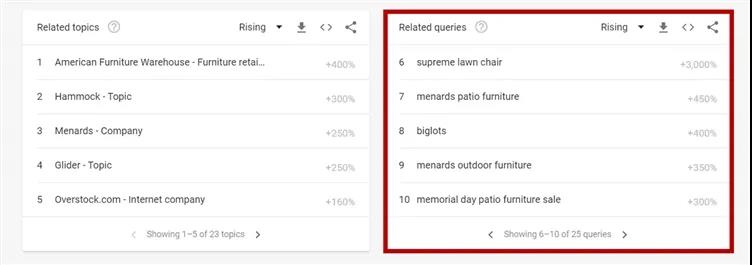
You can sort by popular queries and rising queries, or export to a table:
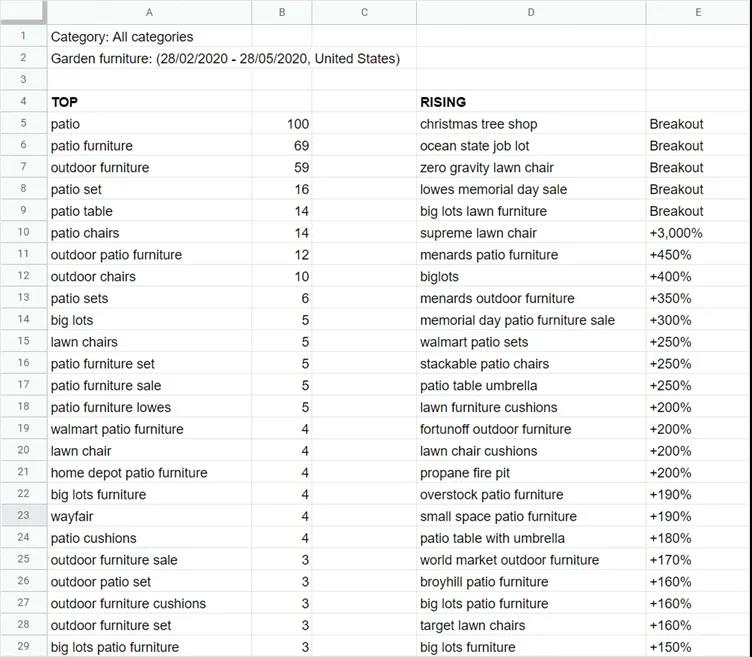
Google Trends can also compare the popularity of two synonyms in different regions, helping sellers to tailor content.
Free tools vs paid tools
Now that there are so many free tools to choose from, what is the use of paid tools?
If you are just running an amateur blog, free tools are a great way to find inspiration for new topics.
If you want to bring profits to your Shopify store or Amazon store, then your investment in professional keyword research tools will definitely be reported.
Take KWFinder as an example:
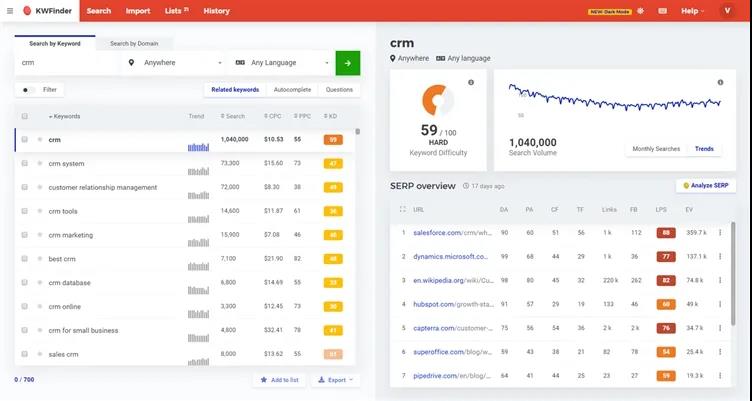
In addition to hundreds of keyword suggestions, the tool also provides:
A regularly updated database, containing billions of keywords surrounding millions of topics, is updated every month.
Various types of keywords.
Accurate search volume, based on Google database search volume data, including historical data and trends.
Difficulty indicator, that is, the difficulty of using the keyword to improve Google ranking.
Advanced filters, find suitable keywords according to user needs.
Competitor’s keywords, just enter the competitor’s domain name or specific URL, the tool will show you their keyword rankings.
SERP data is used to analyze the search result page for each keyword.
The purpose of keyword research is not just to get keyword suggestions. Sellers need to obtain accurate data, evaluate the difficulty of use, analyze competitors, and understand the actual SERP situation to strengthen keyword strategies.
Sourcing Product Easy company established in 2008, based in Shenzhen city. As a professional China sourcing agent, we buy good products for customers. Over the past 10 years, we have visited more than 1000 factories throughout China. We have huge factories resources and logistic networks. We are good at consumer electronics, shapewear, hardware, etc. . We can provide customized products or print on demand also. We own a fulfillment center in China, provide a one-stop Shopify dropshipping solution.

